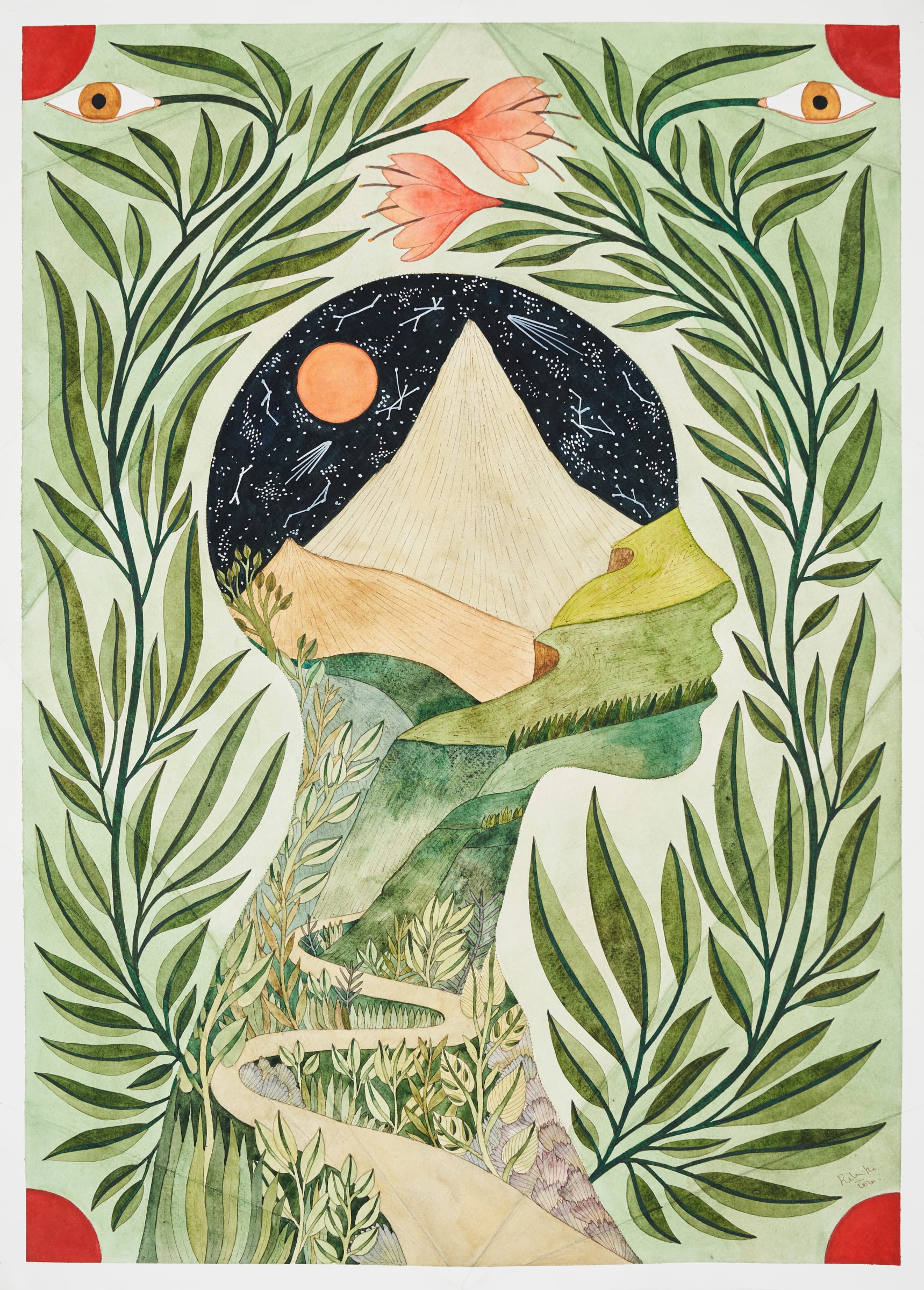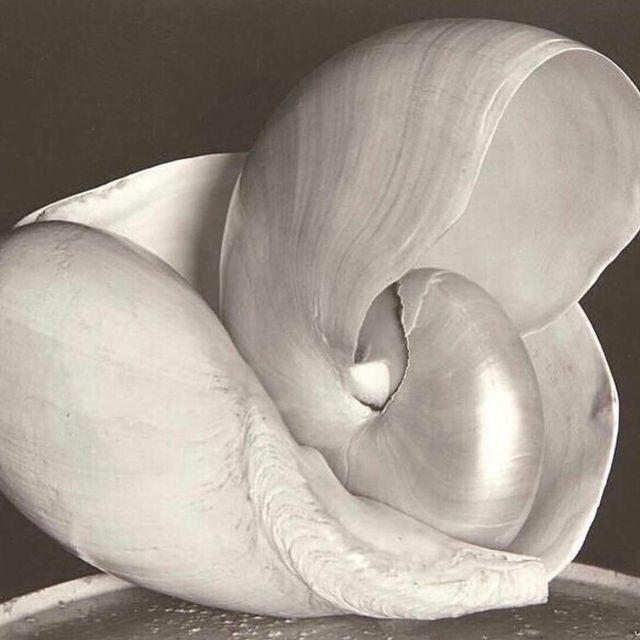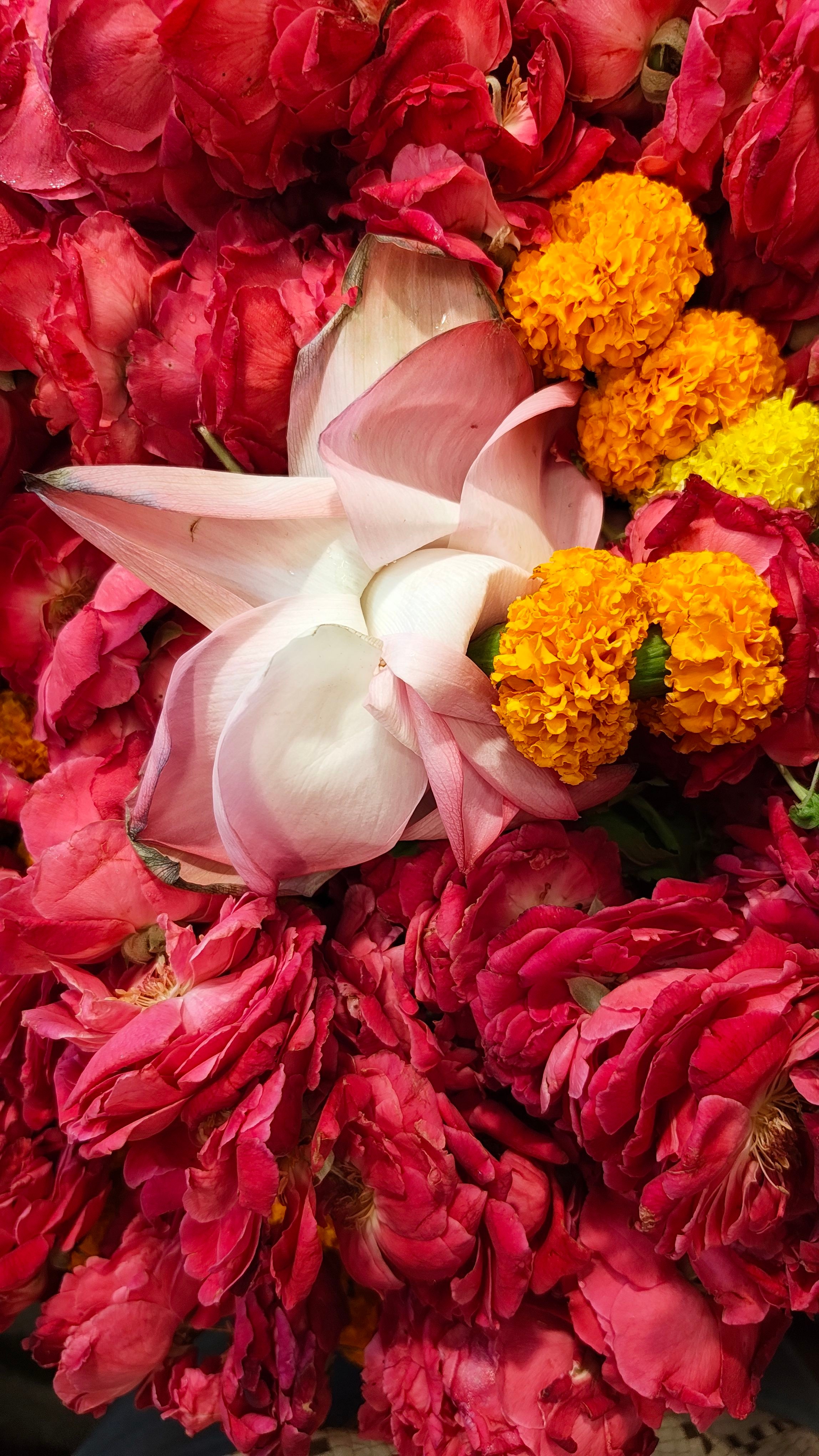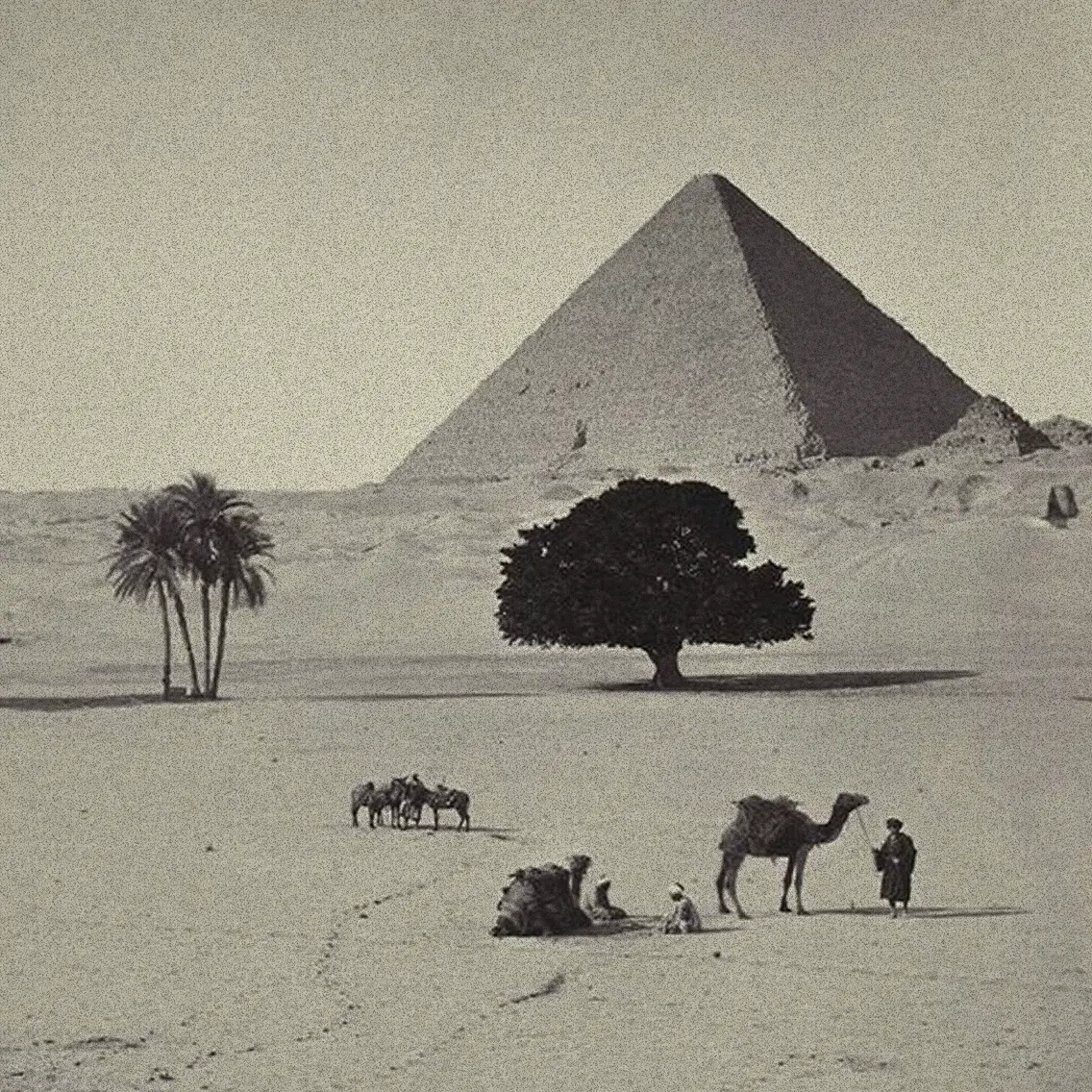I first began to understand the quiet power of breath when my Ashtanga teacher laid down a rule: only breathe through the nose. It wasn’t some guarded yogic secret or esoteric technique - just a clear, practical instruction. Like most good advice, it was deceptively simple and asked for sincerity.
I carried it with me off the mat, and over time, it began to shift somethings. My breath deepened, as a result movement softened and it deepened how I showed up in daily life. Without force, alignment started to follow. My tongue was resting naturally against the roof of the mouth. My jaw released. Years of built-up tension around my neck and shoulders began to dissolve.
I noticed I was sleeping better. My posture changed- subtly at first, then noticeably. I stood with more ease, more awareness. I felt more rooted, there was more spaciousness. Something in my physiology had recalibrated, not through effort, but through staying with this natural rhythm. Breath started to organize how my body moved and how my mind returned.

Across ancient civilizations, breath has been seen as life-force, spirit, cadence. In India, prānayāma refined prāna, the inner current of vitality. Taoist adepts married slow belly breaths to the circulation of qi. Greek philosophers spoke of pneuma- breath as soul. In Egypt, breath was Ka, the invisible thread between body and divinity. Each culture used breath to steady nerves, mark rituals, and place the human pulse inside cosmic rhythm.
Fast-forward to today’s culture of overdrive and screen slouch. Breath is demoted to background process: shallow, hurried, unconscious. We sit hunched, juggling tabs and notifications, often holding the inhale without realizing it. Only when anxiety spikes or illness strikes do we notice the lungs’ quiet labor.
Ancient wisdom placed breath at the center of health and clarity; modern life treats it as incidental. Yet the rhythm never left. It waits- faithful, metronomic- ready to remind us how presence feels.
Though I had practiced Pranayama many times growing up in India, the deeper integration of breathwork - where it began to shift my inner landscape - came much later. My first aha moment arrived through variations of Holotropic breathwork. The effect was unmistakable: a surge of energy followed by an all-encompassing calm. My breath felt soft, symmetrical - like something had returned to its original rhythm.
{divider}
Some Pranayama techniques have been drawn similar to an espresso shot- quick, potent, clarifying. Others feel like entering a quiet room within. Over time, I found myself responding to daily moments through breath, rather than reaching for it as a tool. It wove itself into moments of stillness, pressure, and movement.
Exploring different modalities - Holotropic, Circular, Coherent breathing - each revealed something unexpected. Some days it cleared the mind. Other times it surfaced grief I hadn’t given space to. And on occasion, it felt like nothing at all happened - except a quiet recalibration.
That, too, was something.
Over time, I began forming a rhythm. Kapālbhāti to spark energy. Breath holds to ground scattered focus. Longer exhales to soften the nervous system. These practices slipped into the fabric of my day. What once required intention began to arise on its own.
My most recent exploration is resting in Yoga Nidra, attuned to the breath’s rhythm as it cradles the space between waking and sleep. I’ve come to see these not as rigid rituals, but as tools for exploration, even play. A longer pause between thought and action. A kind of spaciousness unfolding in the mundane.
This connection to breath feels like a homecoming. Ancient, yet entirely personal..
In a world that moves fast, breath offers a compass- quiet, honest, always near. And I often wonder: what if we shaped our pace around breath, instead of around urgency?
As Van Newman so poignantly writes:
“What would the world look like if we moved at the pace of breath? If I worked, talked, lived as fast or as slow as I needed to maintain a calm and steady breath. Imagine what that could do for our nervous systems. The world would move much slower, but think about the collective joy that would be generated knowing that everyone moved at the speed of peace.”
Maybe the real transformation doesn’t begin in the big moments - but in the breath between them.
.svg)




